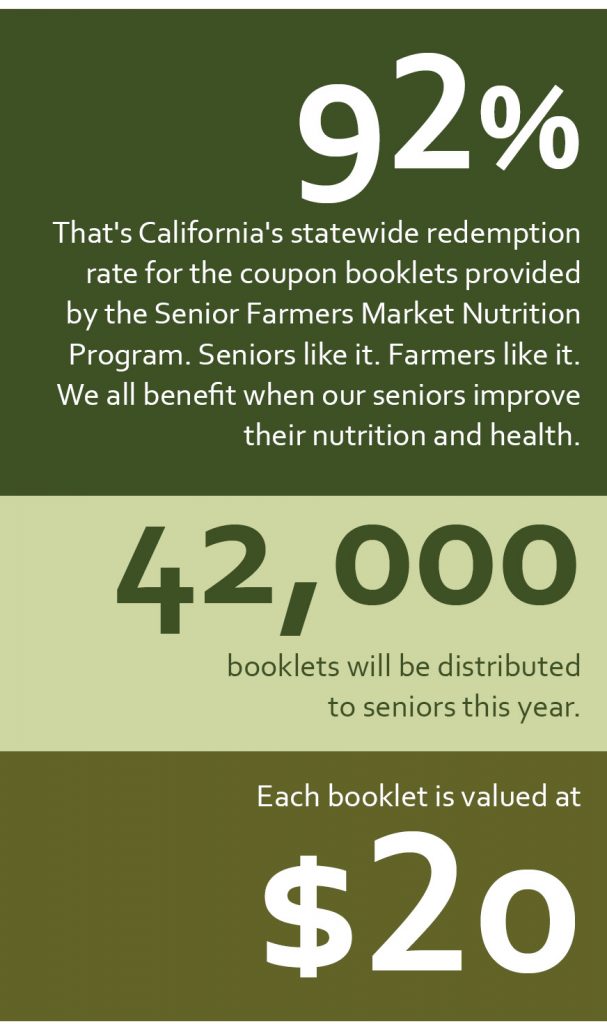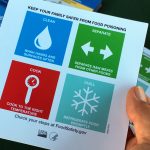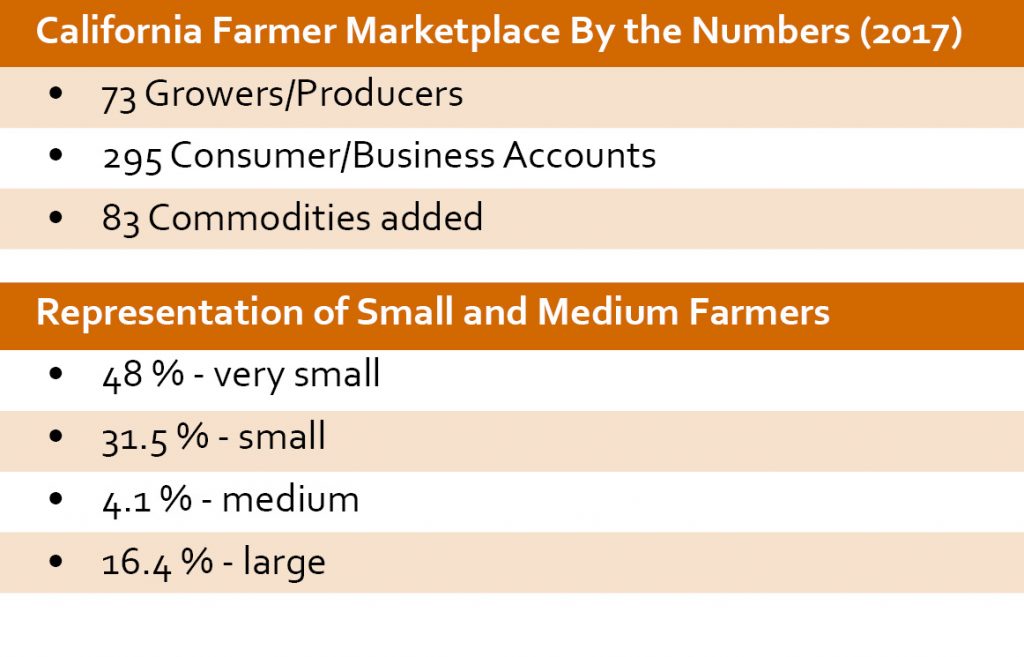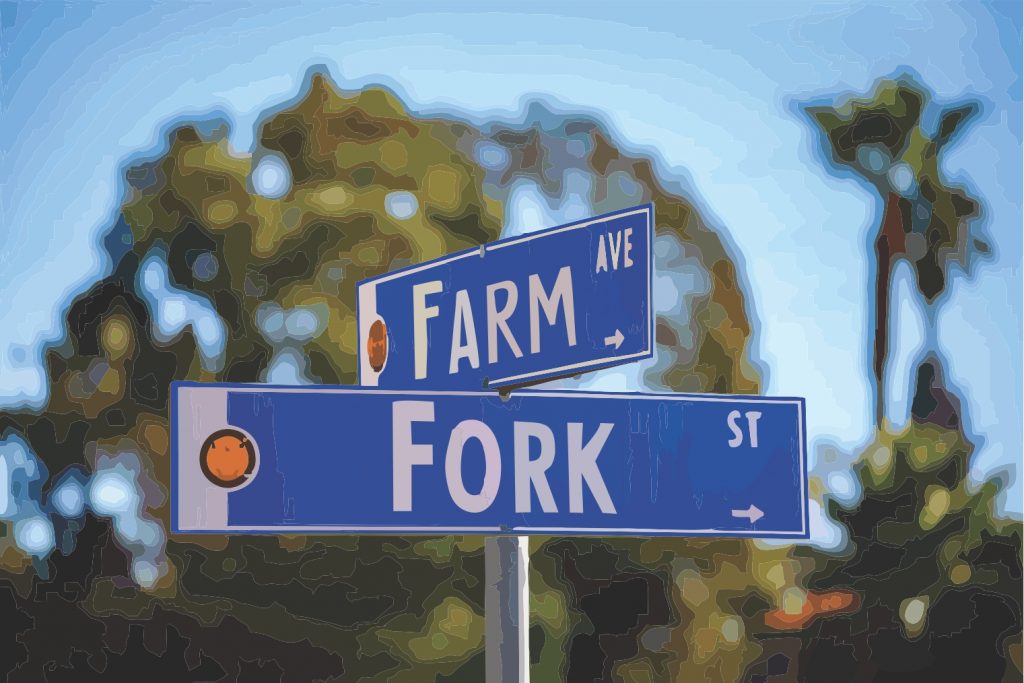
Machinery being utilized in Ventura County to create California’s first water market for groundwater. From the Ventura County Star.
By Tyler Hersko
Ventura County farmers can now buy and sell groundwater on a formal market.
The market, the first of its kind in California, experts say will improve the economic value of farming and boost conservation efforts throughout the region.
The Fox Canyon Water Market and Advanced Metering Pilot was created this year in response to legal and environmental concerns that posed ongoing issues for agriculture businesses, especially during the recent drought when water supplies were tightened for farmers and cities.
Laws and regulations limit farmers’ groundwater extraction and usage, which could create problems of waste and inflexibility for those with an excess water supply.
Conversely, farmers with an insufficient water supply previously lacked a formal system that would allow them to purchase groundwater from other agricultural businesses.
The Fox Canyon project allows farmers with too much groundwater to sell the excess to those who need more.
On one hand, this can allow farmers to make money, as water is a valuable commodity essential to farm work. In addition to its financial impact, the water market can also serve as an important conservation tool for county farms, according to the program’s creators. When water becomes scarcer, its market price will rise, which will presumably increase incentives to conserve.
To complicate the issue, California regulations such as overlying rights indirectly encourage farmers to use their land’s water supply, lest other nearby farmers use it, which creators of the Fox Canyon project say promotes a “use it or lose it” mentality.
As further regulations and restrictions on groundwater extraction are likely to impact the county in the near future, creating a system to manage groundwater was important, said Matthew Fienup, executive director of the California Lutheran University Center for Economic Research and Forecasting (CERF).
Fienup cited regulations such as the Sustainable Groundwater Management Act, a collection of bills that aims to strengthen local and regional oversight of groundwater conservation, as something that farmers would need to adapt to keep thriving. While such acts are designed to combat poor groundwater management and prevent environmental damage, he stressed they necessitate the creation of a water market to help farmers handle increased legal restrictions.
“The reality is that Ventura County is looking at significant cuts to groundwater extraction in the years ahead largely as a result of the Sustainable Groundwater Management Act,” Fienup said. “The really important question is: What tools do we have in order to give water users flexibility and to maintain the viability of ag in the county? Water trading is one of the most promising tools.”
Fienup worked with approximately 50 local farmers, city representatives and environmental experts to create the market, which officially launched on the Oxnard Plain earlier this year. The market, managed by CERF, has been awarded a $1.9 million grant from the United States Department of Agriculture to expand the project in late 2017. Although similar markets exist in areas such as Australia, the Fox Canyon pilot is the first of its kind in California.
The water market has potential to both sustain local agriculture and improve its economic value, said Terry Farms owner and CLU professor Edgar Terry, one of the project’s creators. Terry looked at the water market from a practical perspective and said that as water is a crucial commodity for farmers, the county would benefit from a formal system to trade it.
“Given that we have constraints on how much water we can use as a grower, what if I have excess water and my neighbor needs to buy a certain amount of water?” Terry said. “There was no system in the county to do that, which didn’t make sense. Water is an asset (and) I’ve always believed that assets are more efficient when they can be traded in a robust market.”
Terry noted that his own Santa Paula-based Terry Farms was the kind of agriculture business that would benefit from the project, as greater access to water would improve his ability to farm.
“I want to be able to have the flexibility to go to the marketplace and be able to acquire the water that I may not be able to have but somebody else has so I can finish the crops I’m growing,” Terry said. “That’s how I make my living: I grow crops and this area is not conducive to growing dryland wheat. That’s what the marketplace will allow small growers to do.”
While the system is designed to facilitate access to groundwater, it can also help farms that would otherwise lack the resources to stay in business, Fienup said. He added that though the initial positive impacts of the water market were clear, the program is still in its early stages and would likely prosper further down the road due to potential future drought and additional legal restrictions on groundwater usage.
The water market also has a physical element in the form of an advanced, automatic metering program that is designed provide real-time monitoring of groundwater pumping to project participants. The program, developed by Ranch Systems LLC, aims to help farmers further track their pumping
Agriculture experts such as John Krist, CEO of the Farm Bureau of Ventura County, agree the market could be an economic booster with strong potential for conservation. Without access to groundwater, swaths of farmland would need to be taken out of commission, and programs that could prevent farm closures are essential to the county, Krist said.
“We will have another drought and having (the water market) in place will be even more imperative than it is now,” Krist said. “Anything that can maintain the economic viability of the ag industry contributes to the stability and vitality of the county. You don’t want to see 50,000 acres out of production.”
In the long term, the market’s creators hope to extend the program beyond local farming and believe that the Fox Canyon water market can serve as a model for the state. Currently, the pilot program is limited to farmers near Camarillo, Oxnard and Ventura, though its creators aim to eventually expand it to the rest of the county. Terry also said that Ventura County’s cities could also find value in the program in the future, and referred to the water market’s end goal as having farmers trading water with cities and vice versa.
As the water market is still in its infancy, project leaders are unsure when such expansions could occur, but noted that funds from the $1.9 million United States Department of Agriculture grant would greatly assist its eventual growth. Work on the water market has also been bolstered by a $70,000 grant secured by the Economic Development Collaborative-Ventura County for the project. The Morgan Family Foundation, California Stewardship Network funded the $70,000 grant.
The Nature Conservancy, a Virginia-based environmental organization, will administer the grant and work with CERF staff to permanently establish the water market later in the year.
Link to story



















